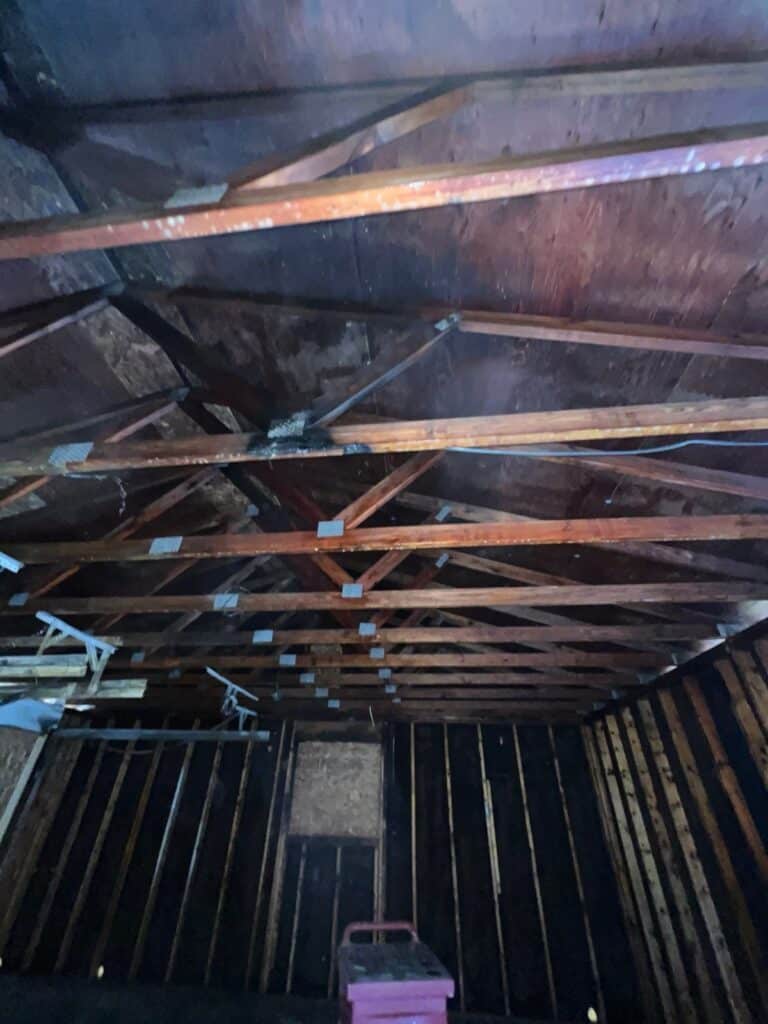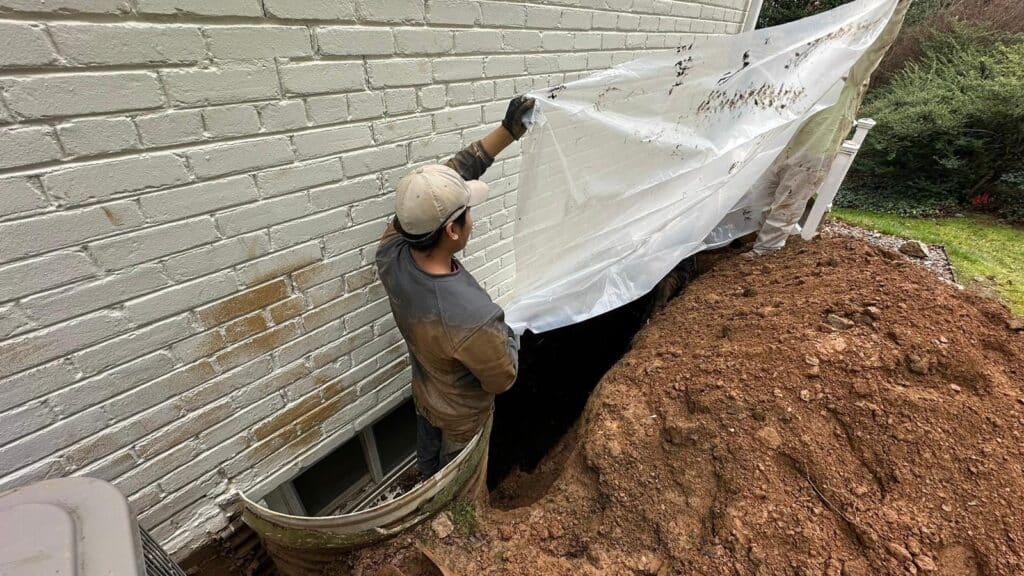Water Damage Restoration: What You Need to Know
Water damage is one of the most common and potentially destructive problems you can face as a homeowner. It can result from various sources, including flooding, burst pipes, or leaks. Addressing water damage promptly and effectively is crucial to minimize long-term damage and costly repairs. This article will guide you through the essential aspects of water damage restoration, from the initial response to the final steps of the restoration process.
Understanding Water Damage
Water damage can be categorized into three types:
- Clean Water Damage: This type involves water from a clean source, such as a broken water supply line or a leaky faucet. It poses minimal health risks but can still cause significant structural damage if not addressed promptly.
- Gray Water Damage: Gray water comes from sources such as washing machines, dishwashers, or toilet overflows with urine but no feces. It can contain contaminants and pose health risks.
- Black Water Damage: Black water is highly contaminated and can come from sewage backups, flooding from rivers or streams, or stagnant water. It poses severe health risks and requires professional handling.
Immediate Steps to Take
- Ensure Safety: Before you start any cleanup process, ensure that it is safe to enter the affected area. Turn off the electricity to prevent electrical hazards.
- Stop the Water Source: Identify and stop the source of the water to prevent further damage. This may involve turning off the main water supply or fixing a leak.
- Remove Excess Water: Use buckets, mops, or a wet/dry vacuum to remove standing water. The quicker you remove the water, the less damage it will cause.
- Protect Your Belongings: Move furniture, rugs, and other items to a dry area. If items are wet, start drying them as soon as possible to prevent mold growth.
The Restoration Process
- Assessment and Inspection: A professional water damage restoration company will assess the extent of the damage using moisture detectors, hygrometers, and infrared cameras. This step helps to determine the level of contamination and the appropriate course of action.
- Water Extraction: The next step involves extracting the water using industrial-grade vacuums and pumps. This step is crucial to prevent further damage and mold growth.
- Drying and Dehumidification: After water extraction, the affected area must be thoroughly dried using air movers and dehumidifiers. This step can take several days, depending on the extent of the damage.
- Cleaning and Sanitizing: All affected surfaces and belongings need to be cleaned and sanitized to prevent mold and bacterial growth. This step may involve using antimicrobial treatments and removing items that cannot be salvaged.
- Restoration and Repair: The final step is restoring your home to its pre-damage condition. This may involve minor repairs, such as replacing drywall and installing new carpet, or major reconstruction, depending on the severity of the damage.
Preventing Future Water Damage
- Regular Maintenance: Regularly inspect and maintain your plumbing, roof, and gutters to prevent leaks and water intrusion.
- Install Water Alarms: Water alarms can alert you to leaks and minor flooding before they cause significant damage.
- Proper Drainage: Ensure that your property has proper drainage systems to prevent water from accumulating around the foundation.
- Seal Gaps and Cracks: Seal any gaps or cracks in your home’s foundation, walls, and roof to prevent water from entering.
Conclusion
Water damage restoration is a critical process that requires prompt action and professional expertise. By understanding the steps involved and taking preventive measures, you can protect your home from the devastating effects of water damage. If you face water damage, it’s essential to contact a professional restoration company to ensure that your home is restored safely and effectively.




